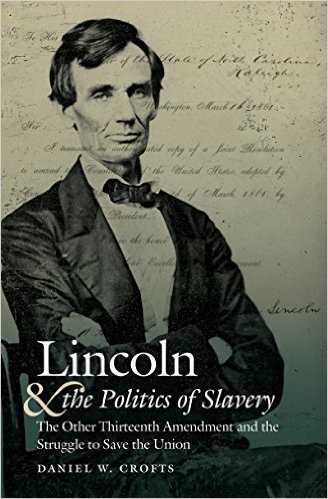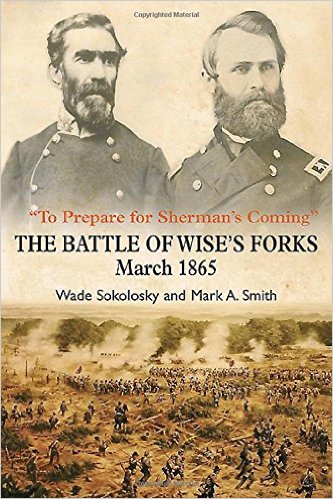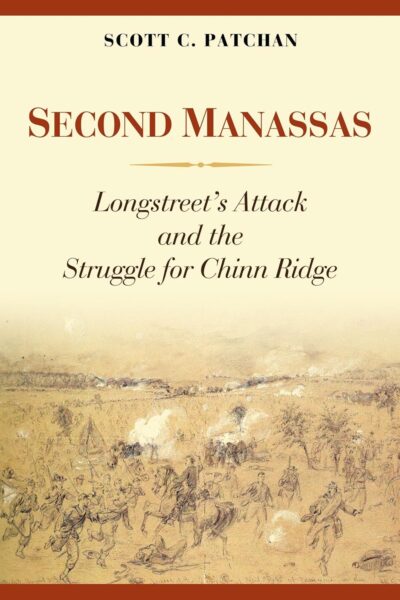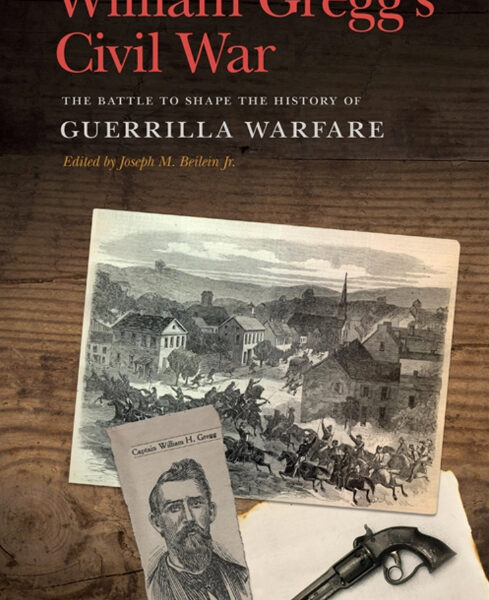Lincoln and the Power of the Press: The War for Public Opinion by Harold Holzer. Simon & Schuster, 2014. Cloth, ISBN: 978-1439192719. $37.50.
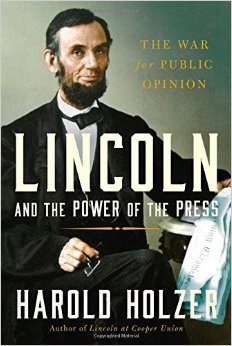 Harold Holzer, author of the clear, fast-paced, and informative Lincoln and the Power of the Press, ranks as one of America’s foremost and most prolific authorities on Abraham Lincoln. Holzer has continually broadened the scope of his research over the years, publishing such important books as Lincoln at Cooper Union (2004) and Emancipating Lincoln: The Proclamation in Text, Context, and Memory (2012). Holzer’s scholarly productivity is all the more impressive because he has a demanding day job, serving as Senior Vice President of The Metropolitan Museum of Art.
Harold Holzer, author of the clear, fast-paced, and informative Lincoln and the Power of the Press, ranks as one of America’s foremost and most prolific authorities on Abraham Lincoln. Holzer has continually broadened the scope of his research over the years, publishing such important books as Lincoln at Cooper Union (2004) and Emancipating Lincoln: The Proclamation in Text, Context, and Memory (2012). Holzer’s scholarly productivity is all the more impressive because he has a demanding day job, serving as Senior Vice President of The Metropolitan Museum of Art.
His new book largely confirms what historians long have known: Lincoln had a keen appreciation for the power of the press and sought to use journalism for his partisan political gain, shaping public sentiment. Not only did Lincoln use newspapers, but he cultivated their editors and, on occasion, wrote editorials for them. Lincoln, better than any nineteenth century politician, understood “political journalism”—the mutual dependence between newspapermen and politicians (xxix).
“For years,” Holzer writes, “Lincoln had devoted his time to visiting journalists at newspaper offices throughout Illinois, eager for their attention.” Over the course of two decades, Lincoln relied on the Sangamo (later Illinois State) Journal to spread his message to Springfield and Illinois voters. The paper was “a lifetime ally” (13). Lincoln was so determined to drum up support for himself and his party among German voters in the West that he even became the silent partner in the short-lived, pro-Lincoln, German-language newspaper, the Illinois Staats-Anzeiger.
As president, “newspapermen were coming in droves to his office, seeking attention from him” (477). While Lincoln never conducted press conferences like today’s politicians, he nevertheless met privately with correspondents or wrote notes on the backs of their business or calling cards. On occasion, he sent letters to editors for publication (such as Lincoln’s famous April 1864 letter to Albert G. Hodges, the editor of Frankfort Commonwealth) to explain his policies. In the letter to Hodges, Lincoln justified his program of emancipating and arming blacks.
Initially, Lincoln’s modus operandi as president was to distribute stories to the Washington dailies piecemeal. “For the rest of his presidency,” Holzer states, he “used the District’s newspapers selectively and informally—feeding the New York press with stories released first to Washington editors and all but terminating the ‘party organ’ tradition that had thrived unchanged since the age of Jackson” (308). Lincoln especially welcomed the consistent editorial support of the Washington Chronicle. Holzer underscores the significant degree to which Lincoln awarded patronage to journalists who had supported him and his policies.
Holzer concludes that Lincoln sought approval from partisan editors and respected the right of a free and uninterrupted press (though during the war, his administration suppressed border state newspapers critical of his policies). Lincoln relied on the press to gain support necessary to suppress a domestic insurrection that dragged on for four bloody years, and he took his lumps from editors. In 1863, Lincoln informed the Shakespearean actor James Hackett: “I have endured a great deal of ridicule without much malice; and have received a great deal of kindness, not quite free from ridicule. I am used to it” (483). Beyond this, “Lincoln unashamedly got some of his best ideas from newspapermen,” Holzer notes (543).
Holzer succeeds in framing Lincoln and antebellum American politics within the emerging age of competitive (and technologically changing) newspaper print journalism. He accomplishes this largely through the lens of three powerful and rival New York newspaper titans: the crusading, self-righteous, and easily bruised Horace Greeley of the New York Tribune; the conniving and deeply conservative James Gordon Bennett, editor of the Democratic-leaning, sensationalist New York Herald; and the politically astute and true Lincoln loyalist Henry J. Raymond, the moderate progressive proprietor of the New York Times. As Holzer explains: “the three became and remained the most widely read and most famous journalists of their age, national celebrities in their own right who invented their newspapers and made them bold reflections of their own oversized personalities” (xxvi).
While Holzer ranges broadly in his chronological narrative, he focuses too much of his somewhat mistitled book on the wrangling of these three editors, omitting numerous other local and national editors and their newspapers. That said, Holzer tells compelling stories that add significantly to our understanding of Lincoln, politics, and political journalism in the Civil War era—what he terms “the American press as politics” (xxvii).
Lincoln considered Greeley the most difficult of the three editors to anticipate and to satisfy. As early as 1849, when Zachary Taylor offered Lincoln the governorship of Oregon Territory (a post that Lincoln declined), Greeley described the Whig politician as “a man of sound judgment, good though not brilliant mind, and capable, mentally and physically, of great endurance—qualities very essential to the position he is about to assume” (118). Holzer notes correctly that a dozen years later, Greeley “vacillated endlessly between advocating aggressive war and demanding speedy peace, all the while maintaining his unwavering hatred of slavery and unquenchable lust for patronage power and high office” (485). Greeley found Lincoln’s Second Inaugural address—a speech that historians generally agree showcased him at his finest—less “politic” and “humane” than his First Inaugural. The editor complained that the president’s Old Testament-inspired language might be perceived as seeking vengeance against the soon-to-be vanquished Confederates. Greeley instead wished that Lincoln had stated “manifestations of generosity, clemency, magnanimity” (546-47).
Bennett, who supported the war effort in order to suppress the Confederates, but who opposed emancipation, proved harshly critical of Lincoln. Responding to his nomination for the presidency in 1860, Bennett described the Illinoisan as “rough timber . . . slovenly . . . an uneducated man—a vulgar village politician, without any experience worth mentioning . . . and only noted for some very unpopular votes which he gave while a member of Congress” (233).
Raymond proved to be Lincoln’s fiercest editorial advocate. Responding to Lincoln’s first inaugural address, in which he resolved to protect federal property from insurrectionary attack, he wrote: “If the Union cannot be saved on this basis and consistently with these principles, then it is better that it should not be saved at all” (293). Four years later, Raymond, who frequently asked Lincoln to reward his editorial support with patronage jobs for his friends, informed his readers: “We have a President who will be faithful to the end, let what betide. Let him be sustained with the same fidelity” (547).
Lincoln went to his death a devotee of print journalism. The wallet he carried the night of his assassination at Ford’s Theatre contained carefully cut newspaper clippings. Unquestionably, the press mattered much to the soon to be martyred sixteenth president, a topic Holzer treats so well in his excellent book.
John David Smith is the Charles H. Stone Distinguished Professor of American History at The University of North Carolina at Charlotte and the author of numerous books, including Lincoln and the U.S. Colored Troops (2013).
